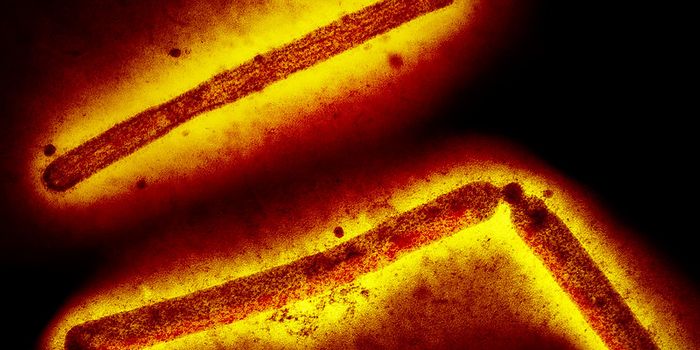Measuring Molecular Condensates in Live Cells
In recent years, some of the biological roles and significance of biomolecular condensates has been revealed. These structures can be likened to droplets of oil suspended in water; these condensates from in cells, bringing various components together to promote different reactions and processes. Research has also linked changes in these biomolecular condensates, in which they become more dense and viscous, with neurodegenerative disease. In new research reported in Science Advances, investigators have been able to successfully measure and assess changes in biomoleuclar condensates in a human cell model of Parkinson's disease.
A protein celled alpha-synuclein has been linked to Parkinson's disease; there are clumps of this protein in the brains of Parkinson's patients. This study showed that when cells contain biomolecular condensates with abnormally high levels of alpha-synuclein, the condensates solidify.
"By measuring how these condensates change from liquid to solid in living systems, we can better understand how diseases like Parkinson's develop and progress," said senior study author Zheng Shi, an assistant professor at Rutgers University-New Brunswick, among other appointments.
Although biomolecular condensates have been observed in cells for over a decade, it has been difficult to measure them because they do not have any membrane, unlike organelles such as mitochondria. The condensates are simply viscous blobs within the liquid cytoplasm of cells.
To learn more about the condensates without destroying the cells that contained them, the researchers created micropipettes that can handle very small volumes of liquids. The micropipettes have capillary action, with can pull liquid into narrow spaces like these tiny tubes. When the micropipettes were inserted into a condensate, the material in that condensate was drawn into the micropipette.
The investigators could then measure differences in how condensates and the stuff they contained moved or flowed into the micropipette.
"Our study has allowed us to identify factors that trigger the liquid-to-solid transition of these condensates," said Shi.
In the brains of Parkinson's patients, brain cells that generate the neurotransmitter dopamine die off, causing symptoms including movement disorders. Over time, more neurons are lost and symptoms worsen. Work has shown that misfolded alpha-synuclein clumps up in the brains of Parkinson's patients causing toxicity to neurons.
Now that scientists have a good method for assessing changes in biomolecular condensates, they can learn more about how they are related to various diseases, including Parkinson's.
"This opens new avenues for research into the early stages of neurodegenerative diseases and their treatment," Shi said.
Sources: Rutgers University, Science Advances









